Disclaimer: The following webinar contains sensitive content and was recorded during the COVID Pandemic. This may be triggering to some individuals. Please proceed at your own discretion.
Read Webinar Summary
Detailed Summary: The Art and Science of Rhinoplasty
Overview
Rhinoplasty represents one of the most challenging aesthetic surgical procedures, requiring a unique blend of technical expertise and artistic vision. The procedure demands not only surgical precision but also an innate artistic eye that cannot simply be taught through traditional methods. This comprehensive approach to nasal surgery emphasizes the critical balance between achieving aesthetic beauty and maintaining functional integrity.
Pre-Operative Planning and Assessment
The foundation of successful rhinoplasty lies in meticulous pre-operative planning, which begins with comprehensive photographic documentation and detailed analysis. The surgeon conducts extensive measurements and assessments, spending approximately thirty minutes evaluating the nose before developing a formal surgical plan. This detailed analysis combines years of experience with artistic judgment to consistently deliver beautiful outcomes.
However, the pre-operative plan serves as a guide rather than a rigid playbook. Surgeons must remain adaptable during the procedure, as unexpected anatomical findings or pre-operative assessments that prove inaccurate may require real-time adjustments. The ability to make these surgical modifications ensures that the final result appears natural, functions well, and maintains its beauty for years to come.
Surgical Technique and Approach
The preferred surgical approach for most cases involves the open rhinoplasty technique, which provides exceptional visualization of the nasal anatomy without disrupting major nasal tip supports. This method allows surgeons to access the nasal structures through carefully placed incisions, lifting the skin to reveal all anatomical components in their undistorted, natural position. This approach facilitates complex surgical maneuvers while maintaining optimal access to critical structures.
Patient Consultation Process
The consultation process is extensive and patient-centered, typically lasting about an hour. During this time, the surgeon focuses heavily on understanding the patient’s motivations, concerns, and how long they have been considering the procedure. A critical aspect involves ensuring that the decision stems from personal dissatisfaction rather than external pressure from family members or partners.
The surgeon thoroughly explains each step of the proposed surgical plan, encouraging questions to ensure both parties share the same aesthetic goals. Setting realistic expectations is paramount, with particular emphasis on the extended healing timeline—final aesthetic results are not revealed until 18 months post-surgery, a timeframe that cannot be accelerated through any exercise or activity.
Primary Caucasian Rhinoplasty
Primary Caucasian rhinoplasty typically follows a reductive approach, focusing on making the nose smaller through several key modifications: lowering the dorsal hump, reducing nasal projection, and refining the nasal tip. The ultimate goal is creating a more elegant nose that appears natural while maintaining proper function.
The success of rhinoplasty is measured by its invisibility—patients should not appear “operated on.” The objective is creating an illusion that the resulting nose is the one the patient was born with, requiring a natural look that harmoniously matches the individual’s facial features.
Ethnic Considerations and Individualization
Rhinoplasty must account for the tremendous diversity in nasal anatomy across different ethnicities, recognizing that noses are as varied as the faces they accompany. No two noses are identical, making individualized treatment plans essential.
During consultation, it’s crucial that surgeons and patients align on aesthetic goals, as patient desires vary significantly. Some individuals seek to reduce ethnic characteristics of their nose, while others have very specific, targeted concerns—such as width reduction—while remaining satisfied with other nasal features. Understanding these nuanced preferences is fundamental to achieving patient satisfaction.
Conclusion
Successful rhinoplasty represents the convergence of surgical skill, artistic vision, meticulous planning, and individualized patient care. The procedure’s complexity demands not only technical proficiency but also the ability to adapt during surgery while maintaining focus on creating natural-looking results that enhance both form and function.
Rhinoplasty
During your rhinoplasty consultation with Dr. Yellin, he will listen to your concerns and perform a detailed nasal and facial evaluation. He will then explain to you the steps necessary to create a more beautiful nose. During your rhinoplasty (nose job) procedure, Dr. Yellin uses his artistic vision and judgment to sculpt a more attractive nose that works in harmony with your face and to enhance functionality, when necessary. Dr. Yellin performs both open and closed rhinoplasty procedures depending on the clinical circumstances.
Types of Rhinoplasty Procedures
Below you will see examples of three types of rhinoplasty patients. Cosmetic Rhinoplasty is for the patient who desires a more attractive nose. Corrective Cosmetic Rhinoplasty is for the patient who has had previous cosmetic rhinoplasty by another surgeon but is dissatisfied with the outcome or developed problems after their initial procedure(s). Reconstructive Rhinoplasty is intended to reestablish a more normal nasal appearance and nasal function when the nose has been altered due to injury, underlying disease or congenital deformity.
Before & After Photos
*All photos shown are patients of Dr. Yellin and are the property of Marietta Facial Plastic Surgery, Laser & Aesthetics Center. Individual results may vary. Please see full disclaimer.
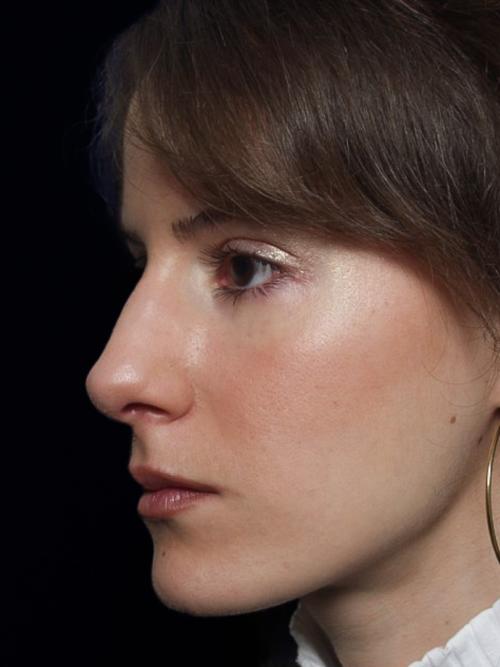
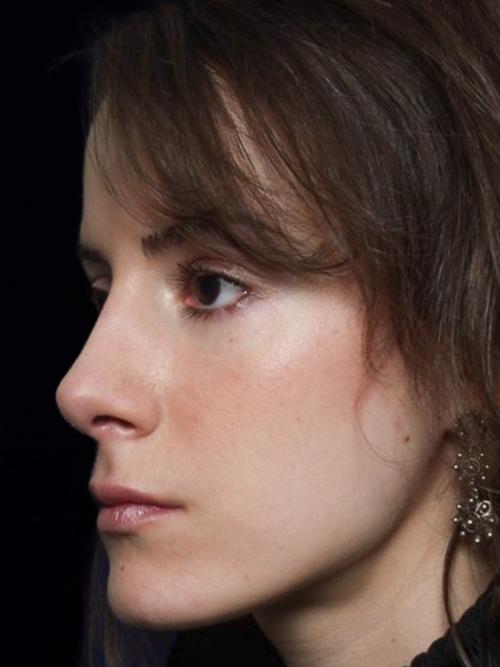
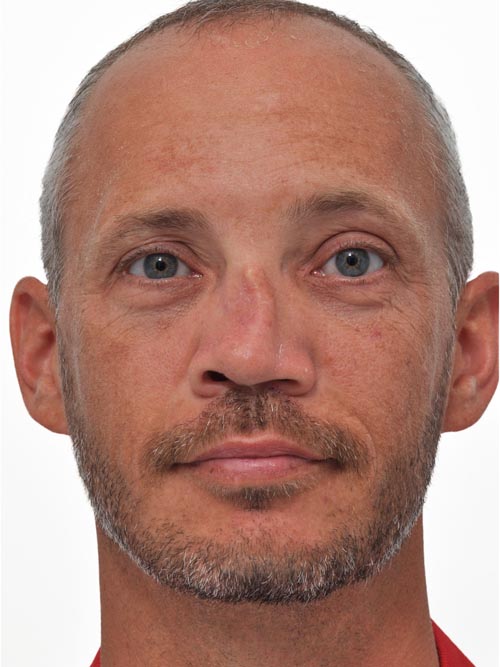
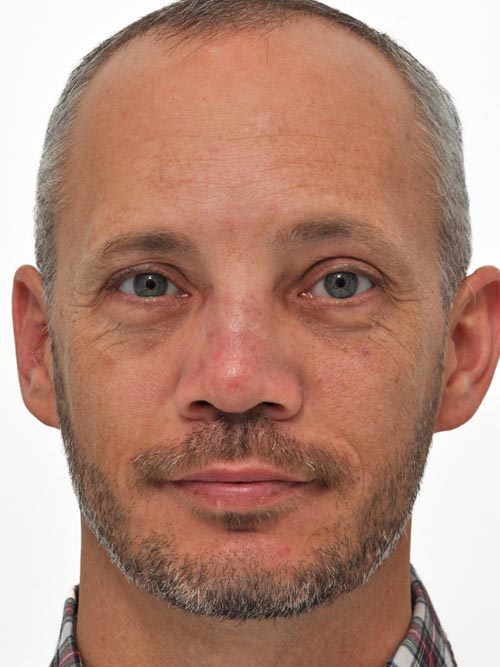
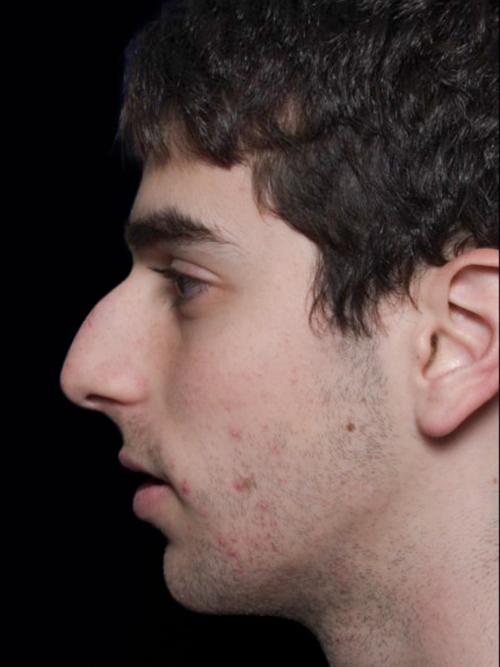
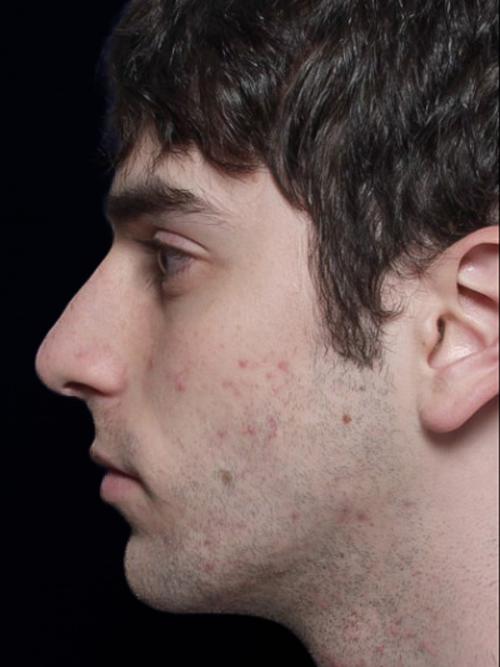
All photographs and other material presented on this website are the property of Dr. Yellin. Please do not download or reproduce the images without the express written consent of Dr. Yellin.
Disclaimer: Individual results may vary. No guarantee of results, stated or implied by any photo or statement on this website can be made. Please see full disclaimer.
Comprehensive Support Throughout Your Rhinoplasty Journey
At Marietta Facial Plastic Surgery, Laser & Aesthetics Center, we are dedicated to providing comprehensive support every step of the way in your rhinoplasty journey. From your initial consultation to the final follow-up appointment, our experienced team ensures that you feel informed, comfortable, and confident. We take the time to understand your unique goals and tailor our approach to achieve results that harmonize with your facial features. Our commitment to excellence and personalized care means that you receive not only exceptional surgical outcomes but also compassionate guidance during your recovery. Trust us to help you enhance your natural beauty with the utmost precision and care.
Atlanta & Marietta Nose Job Surgeons
Marietta Facial Plastic Surgery, Laser & Aesthetics Center has been a trusted leader in nose job surgeries since 1996. We are honored to serve patients from Atlanta, Marietta, Acworth, Woodstock, and across the nation. To schedule your consultation or to request more information, please fill out the form below or call us at (770) 425-7575.
FAQs
A carefully planned rhinoplasty can refine a bulbous or drooping tip, soften a dorsal hump, straighten a crooked bridge, narrow wide nostrils, or adjust projection so the nose complements surrounding features. By sculpting bone, cartilage, and soft tissue in balanced proportions, the surgeon seeks harmony with the chin, eyes, and cheeks, drawing attention to the entire face rather than to the nose alone.
How does functional rhinoplasty differ from cosmetic rhinoplasty?
Cosmetic rhinoplasty focuses on appearance, while functional rhinoplasty targets airflow problems caused by structural issues such as valve collapse or septal deviation. Many patients benefit from a blended approach that improves breathing and refines outward shape in a single operation, ensuring comfort and confidence together.
What is the difference between open and closed rhinoplasty?
Closed rhinoplasty hides all incisions inside the nostrils, leaving no external scar but offering limited exposure. Open rhinoplasty adds a small incision across the columella, allowing the nasal skin to be lifted for full visibility of underlying structures—ideal for complex tip work or significant asymmetries. The choice depends on anatomy and surgical goals.
Can rhinoplasty improve breathing problems?
Yes. When obstruction stems from internal valve weakness, a deviated septum, or enlarged turbinates, reshaping cartilage or bone can widen the airway. Adding small grafts, straightening the septum, or reducing soft-tissue bulk can restore smoother airflow, combining functional correction with aesthetic refinement in one coordinated plan.
Who is a suitable candidate for rhinoplasty?
Ideal candidates have completed most facial growth, are in good health, and wish to change nasal appearance or function for their own reasons. Stable mental outlook, non-smoking habits, and willingness to follow post-operative guidance also matter. A thorough consultation ensures expectations align with what surgery can safely deliver.
What is ethnic rhinoplasty?
Ethnic rhinoplasty respects the unique skin thickness, cartilage strength, and cultural aesthetics of diverse backgrounds. Rather than applying a one-size-fits-all ideal, the surgeon refines shape or size while preserving distinguishing traits—maintaining heritage and achieving facial harmony without erasing identity.
What is revision rhinoplasty and why might it be needed?
Revision rhinoplasty addresses concerns that persist or arise after a prior nose surgery, such as lingering asymmetry or breathing difficulty. Scar tissue and altered anatomy can make revisions more intricate; selecting a surgeon experienced in secondary procedures helps navigate these challenges and set realistic improvement goals.
How can cartilage grafts be used in rhinoplasty?
Cartilage from the septum, ear, or rib can reinforce weak nasal valves, smooth surface irregularities, elevate a drooping tip, or extend projection. By adding structural support where tissue is thin or collapsed, grafts help the nose retain its new contours and airflow over time while integrating naturally with existing tissue.
How does thick skin affect rhinoplasty results?
Thicker skin can mute the visibility of fine structural changes underneath, especially at the tip. Surgeons compensate by precisely reshaping and supporting deeper cartilage to prevent droop and, when appropriate, conservatively thinning subcutaneous tissue. Although pinpoint detail may be less pronounced than in thinner skin, thoughtful planning still yields noticeable, natural improvement.
At what age can someone consider rhinoplasty?
Most surgeons wait until nasal growth is nearly complete to avoid interfering with facial development. The key factors are maturity of skeletal structures and emotional readiness rather than a strict chronological age. Open dialogue ensures motivations are self-driven and expectations thoroughly understood before proceeding.
Will rhinoplasty change my voice or sense of smell?
Lasting changes in voice resonance or sense of smell are uncommon because the procedure reshapes external framework and internal support without altering vocal cords or olfactory nerves. Temporary congestion may affect tone or scent detection, but these sensations usually normalize as swelling subsides and nasal passages clear.
Can rhinoplasty correct a deviated septum?
Yes. Septoplasty can be performed during rhinoplasty to straighten the cartilage and bone dividing the nostrils. Aligning the septum can improve airflow, stabilize internal support, and provide additional cartilage for grafting, allowing functional and aesthetic goals to be met in one procedure.
How do nonsurgical nose-reshaping options compare with rhinoplasty?
Dermal fillers can camouflage small humps or minor asymmetries without incisions, but they add volume rather than remove it and require periodic touch-ups. Surgical rhinoplasty permanently restructures bone and cartilage, enabling reduction, projection, or airflow changes that injectables cannot achieve. The best option depends on desired scope, durability, and comfort with surgery.
Will rhinoplasty leave visible scars?
Closed techniques place all incisions inside the nostrils; open approaches add a short cut on the columella. With meticulous closure and good sun protection, the external line typically heals into a fine mark that blends with natural shadows, making it difficult to notice at conversational distance.
How do surgeons maintain a natural look after rhinoplasty?
Planning starts with comprehensive facial analysis—considering angles, projection, skin quality, and ethnic features. Digital imaging helps align goals, and cartilage is sculpted in millimeter increments to fit the nose within overall facial proportions. The aim is refinement, not the creation of a generic shape, so the result looks believable and unforced.
What should I ask during a rhinoplasty consultation?
Discuss experience with cases like yours, imaging policies, available graft materials, and strategies for safeguarding or improving breathing. Clarify recovery milestones, scar care, and long-term follow-up. Transparent conversation about goals, limitations, and possible trade-offs builds trust and ensures the plan matches your vision.
Is rhinoplasty different for male and female patients?
Yes. Typical male and female noses vary in bridge width, tip angle, and dorsum slope. Surgeons tailor adjustments to preserve gender-appropriate features—often aiming for a straighter profile in men and a softly concave line in women—while prioritizing each person’s unique anatomy and preference. Harmony, not conformity, guides the design.
